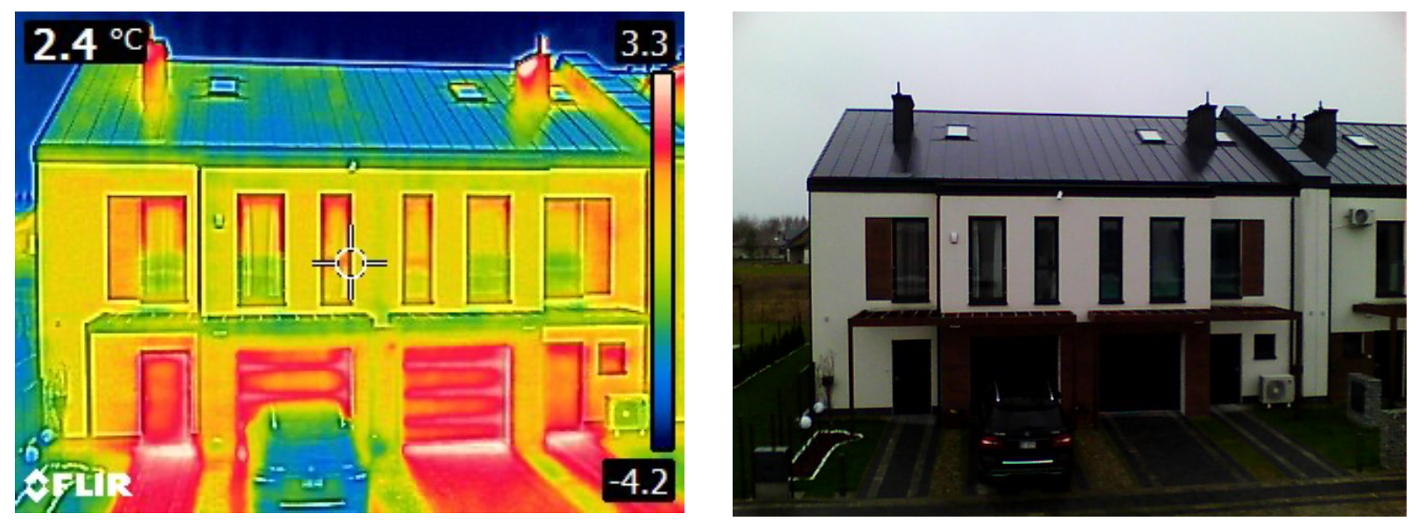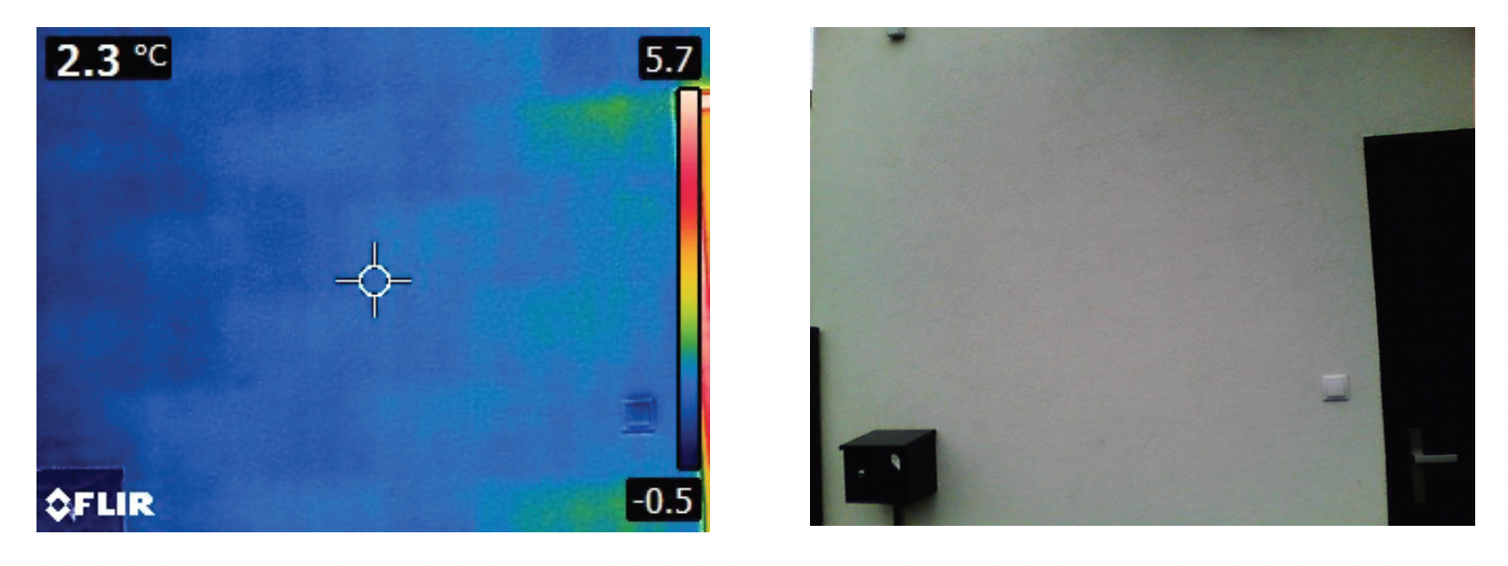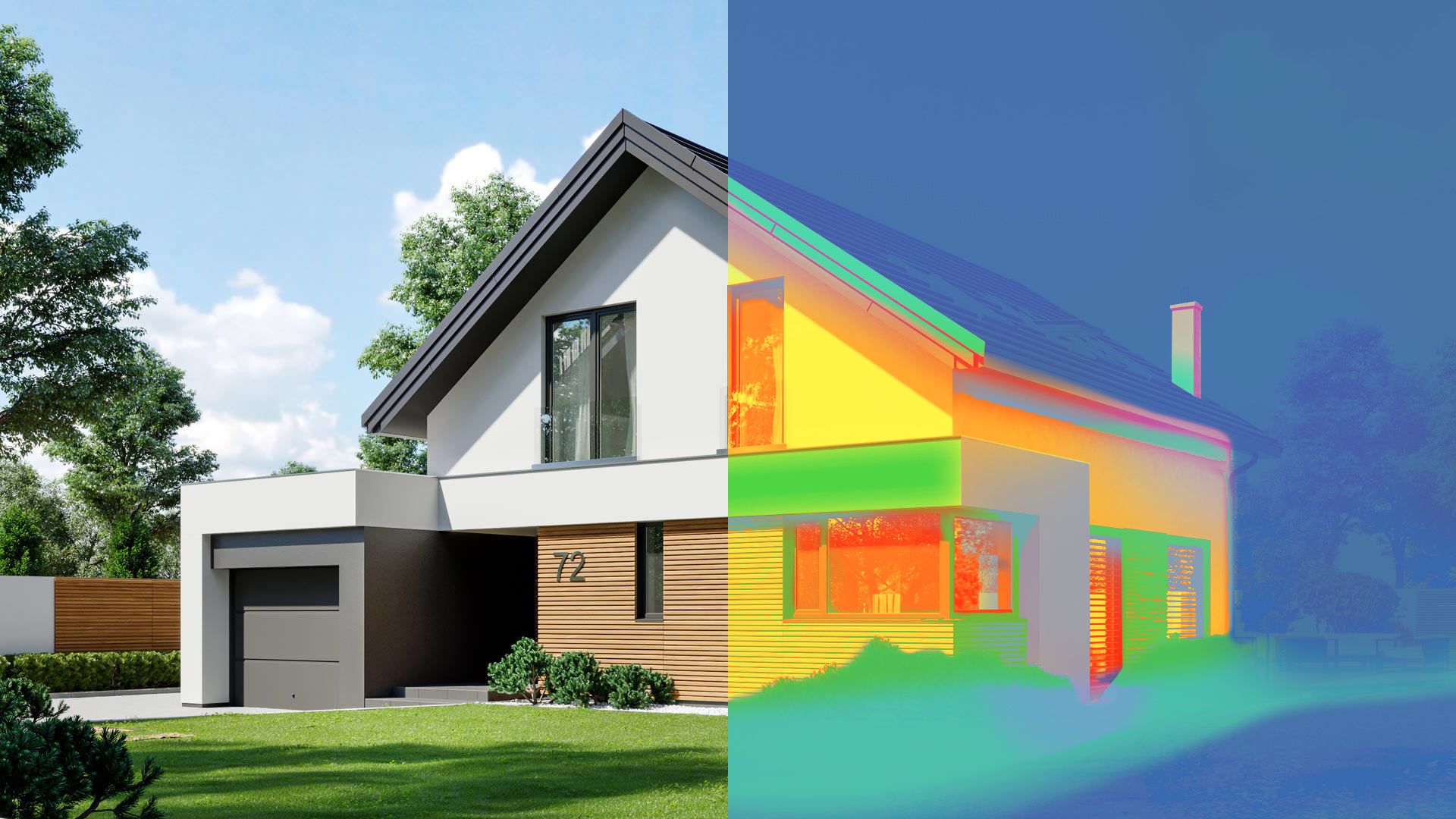Are modern building materials a way to ecologically eliminate thermal bridges?
A good energy-efficient home has low energy demand required for heating in winter or cooling on hot days. The parameter of energy efficiency can only be achieved by buildings with very good thermal insulation. For this reason, in modern construction, there is a strive for the complete elimination of thermal bridges, which contradict good insulation. For years, investors were forced to use environmentally unfriendly solutions, with the most popular being petroleum-derived polystyrene or polyisocyanurate boards. In recent years, hemp or jute wool insulation has gained popularity, which, while being an eco-friendly solution, like polystyrene, requires a specialized team to handle the thermal insulation of the house. This increases the construction cost and extends the time of investment delivery.
Innovative Polish Invention
The SYSTEM 3E company has set its mission to create an ecological building material that is ideal for the construction of energy-efficient, passive, and positive energy buildings. The company's experts have developed building elements made of heat-insulating material with significantly reduced thermal conductivity. The thermal conductivity coefficient for the material is 0.072 ± 0.003 W/mK, and the heat transfer coefficient is U= 0.198 W/m2 K. The 3E elements are made of expanded perlite and a mixture of mineral binders. The 3E elements are designed and manufactured to eliminate joints. The shape of each ridge in the 3E element is inspired by the specific angle of inclination of the Morse cone. As a result, a system of self-tapping surfaces in the wall was achieved. In this technology, the absence of mortar does not cause thermal bridges. As a result, the investor obtains a monolithic wall construction that does not need additional protection with an additional and costly thermal insulation layer.
Each building constructed using this technology is examined with a thermal imaging camera before handover to the investor. A detailed analysis of hundreds of images allows us to conclude that structures made in the SYSTEM 3E technology are free from thermal bridges at vertical and horizontal joints of elements. There are also no leaks at the connections of 3E walls with other building structure elements, such as reinforced concrete crown structures, structural columns, connections to the roof structure, and windows and doors. At present, SYSTEM 3E is the thinnest and at the same time the warmest single-layer wall available in the European Union.

The thermal images of a building constructed with SYSTEM 3E technology reveal the absence of air leaks in the structure of straight walls.

Close-up of the facade near the doorway.
